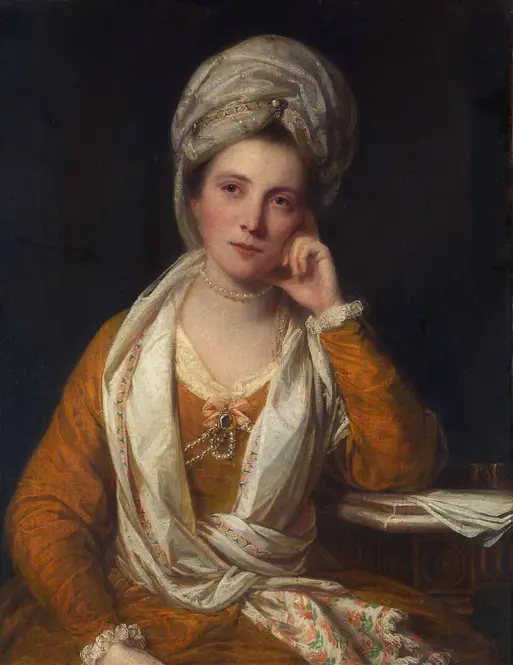-

Mrs. Horton, Later Viscountess Maynard
A luminous portrait blending elegance with intimacy, where delicate brushwork and thoughtful expression transcend time.
-
-full.webp)
Mrs. Richard Paul Jodrell (between 1774 and 1776)
A luminous portrait blending elegance and mystery, with delicate brushwork and a whisper of narrative in the details.
